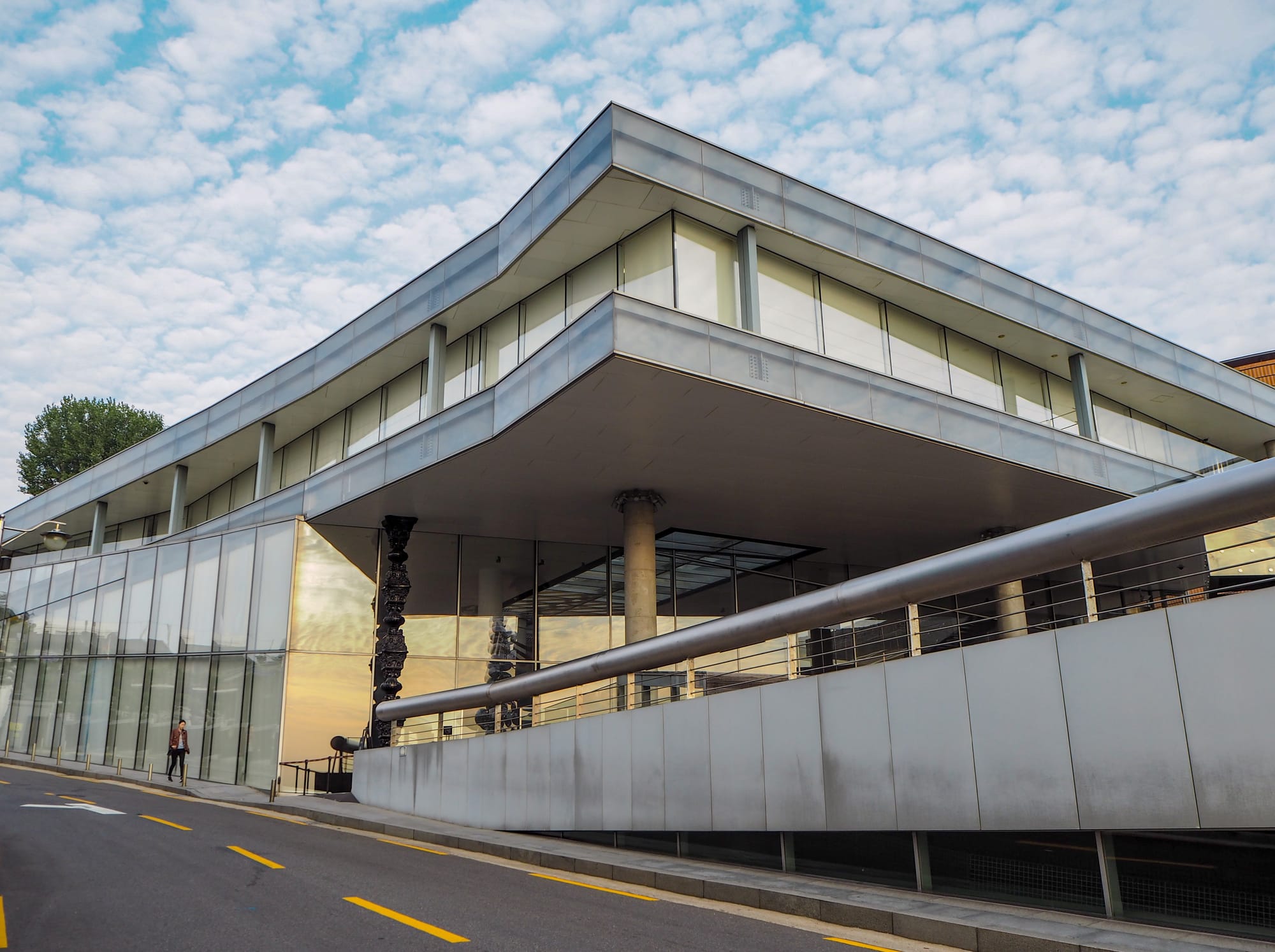The structural and cultural charm of the Leeum Museum unfolds in two distinct segments. Each providing a rich lens through which to perceive art. The first segment is crafted from the structural vision of Swiss maestro Mario Botta. It serves as a home to a spectacular assemblage of traditional Korean art. With 36 pieces that ►
The structural and cultural charm of the Leeum Museum unfolds in two distinct segments. Each providing a rich lens through which to perceive art. The first segment is crafted from the structural vision of Swiss maestro Mario Botta. It serves as a home to a spectacular assemblage of traditional Korean art. With 36 pieces that have earned the revered title of national treasures. Visitors are invited to traverse through breathtaking terrains of landscapes.Some are the celebrated Celadon and Buncheong. The 14th-century treasures, comprising daggers, crowns, and designed accessories, alongside the serene aura of Buddhist art via sculptures, paintings, and manuscripts, further elevate the spiritual ambiance of the collection.
Museum 1, under Botta's creative expertise, emerges as a spatial wonder with two prominent geometric forms. An inverted cone and a modest tetrahedron, all beneath a facade of terracotta bricks. The interior reveals a harmonious blend of a lobby, dome, and exhibition spaces. The subterranean lobby, shaped by the inverted cone that pierces the earth. It forms a striking nexus between Museum 2 and the Samsung Child Education & Culture Center. This guides visitors upwards through display levels laden with Korean artifacts.
Museum 2 is born from the innovative minds of renowned architects Jean Nouvel and Rem Koolhaas. It dedicates itself to the wonders of modern and modern art. Further, hosting creations from both Korean and global artists alike. A tribute is paid to iconic artists such as Damien Hirst, Warhol, Rothko, Yves Klein, and Donald Judd. Novel intertwines post-tension construction methods.
Rem Koolhaas's masterful blueprint includes the Samsung Child Education & Culture Center. It welcomes visitors with an elegant glass edifice, proceeding to a pavilion via a wooden incline. This marks the gateway to the museum. His design philosophy weaves through pilotis. It ensures structural support while offering sweeping views of nearby landscapes. Merging steel and glass, the external structure reveal Koolhaas's structural finesse.
Above the parking structure lies the Sculpture Garden. It is a serene enclave for sculpture exhibitions, showcasing a meticulously chosen collection. It is set against a backdrop of pebbles and greenery, enclosed by a wooden deck. The legendary Maman sculptures by Louise Bourgeois have famously adorned this peaceful space.
The Leeum, Samsung Museum of Art, is a conduit to current global expression. It beckons visitors to traverse epochs and boundaries, reveling in the lush mosaic of human creativity. Every stride within its precincts offers an enriched knowledge. It explains the delicate balance between historical tradition and recent innovation. A visit here is a call to delve, contemplate, and be enthralled by the dynamic realm of art. ◄
